 After successful forays into the National Parks of Kanha, Bandhavgarh and Tadoba-Andhari, the Toyota Fortuner marches towards the Ranthambore Tiger Sanctuary for yet another glimpse of the Royal Bengal tiger
After successful forays into the National Parks of Kanha, Bandhavgarh and Tadoba-Andhari, the Toyota Fortuner marches towards the Ranthambore Tiger Sanctuary for yet another glimpse of the Royal Bengal tiger
Seeing a tiger up close in the open jungle is an experience like nothing else. A medley of feelings – respect, fear, awe and pity. More about the Raja with the striped robe a little later. Now let’s rewind a bit and come back to the so-called civilisation in a concrete jungle called Pune.
Rohinton Mehta (aka Uncle Ronnie) of Smart Photography, Sanjay Raikar (our official photographer) and yours truly teamed up to drive the robust Toyota Fortuner from Pune all the way to Sawai Madhopur in Rajasthan in our continuing humble attempt to create awareness about the importance of saving the tiger. We travelled through Maharashtra, Gujarat and, finally, over the royal sands of Rajasthan where the Ranthambore Tiger Sanctuary is located. The journey began from Pune at an unearthly hour of 3.45 am and, after tearing through the murk and fog, we reached Thane before the city woke up. We remained glued to NH 8 and the Fortuner with its high ground clearance, large wheels and rugged built had to bear a lot of off-roading, which helped us overtake the never-ending queue of battered lorries and trailers at the numerous toll booths. The road was more or less okay, so we kept driving without stopping for lunch to make up for the time lost earlier. Thankfully, the Toyota did not complain and neither did Sanjay or Uncle Ronnie, who got busy munching some sandwiches.

 Crossing Vadodara we opted for the Ahmedabad Expressway. It was a welcome change to drive on clear, well maintained roads without jay walkers or cows on them. The flat surface combined with the SUV’s cool air-conditioner and cushy seats made a perfect setting for a nice siesta during the sunny afternoon. As my companions enjoyed their nap, I took the opportunity to make the Toyota’s pedal kiss the metal. Soon we reached the outskirts of Ahmedabad with me still relishing the experience. After some light refreshments we were back on NH 8 and followed the Golden Quadrilateral. It was late afternoon when we crossed Himatnagar and soon bid goodbye to Modi-land to entered ‘Tiger-land’ (read: Rajasthan). We were bang on target and reached Udaipur by early evening, where we checked in at RTDC’s resort for the night’s stay. After a refreshing shower we were having spicy local cuisine at a cosy restaurant called Aam Sarai, overlooking the beautiful Lake Palace. A day well spent.Since we had already covered a large part of the distance, day two was relatively less taxing. Parked in the resort’s portico, shimmering under the rising sun was the Fortuner eager to take us to our destination. We chose to go via Kota as the roads were wide, flat and free of traffic. By afternoon we entered Sawai Madhopur and checked in at the glorious Taj Vivanta. We received a warm welcome from its GM, Mr Nagendra Singh Hada, a cheerful gentleman sporting a typical handlebar moustache and breeches, apt for the royal setting.
Crossing Vadodara we opted for the Ahmedabad Expressway. It was a welcome change to drive on clear, well maintained roads without jay walkers or cows on them. The flat surface combined with the SUV’s cool air-conditioner and cushy seats made a perfect setting for a nice siesta during the sunny afternoon. As my companions enjoyed their nap, I took the opportunity to make the Toyota’s pedal kiss the metal. Soon we reached the outskirts of Ahmedabad with me still relishing the experience. After some light refreshments we were back on NH 8 and followed the Golden Quadrilateral. It was late afternoon when we crossed Himatnagar and soon bid goodbye to Modi-land to entered ‘Tiger-land’ (read: Rajasthan). We were bang on target and reached Udaipur by early evening, where we checked in at RTDC’s resort for the night’s stay. After a refreshing shower we were having spicy local cuisine at a cosy restaurant called Aam Sarai, overlooking the beautiful Lake Palace. A day well spent.Since we had already covered a large part of the distance, day two was relatively less taxing. Parked in the resort’s portico, shimmering under the rising sun was the Fortuner eager to take us to our destination. We chose to go via Kota as the roads were wide, flat and free of traffic. By afternoon we entered Sawai Madhopur and checked in at the glorious Taj Vivanta. We received a warm welcome from its GM, Mr Nagendra Singh Hada, a cheerful gentleman sporting a typical handlebar moustache and breeches, apt for the royal setting.
 We rushed for the afternoon safari so that Sanjay and uncle Ronnie could shoot the tiger… with their Canon cameras, of course. The sanctuary is named after Fort Ranthambore, which is situated in the heart of the forest, and there are about 38 tigers in and around the reserve. Spread over 1,394 sq km of land, the reserve has sparse undergrowth and its dry deciduous thorn forest makes sighting of the otherwise elusive lord of the jungle comparatively easier. No wonder President Bill Clinton and Prime Minister Dr Manmohan Singh were lured by Ranthambore and returned satiated. The ancient structures surrounded by the forest make it a breathtaking spectacle. The Ranthambore Tiger Sanctuary was at one time a hunting reserve, but now, having been transformed into a tiger reserve, the hunters have become the saviours of this majestic beast.
We rushed for the afternoon safari so that Sanjay and uncle Ronnie could shoot the tiger… with their Canon cameras, of course. The sanctuary is named after Fort Ranthambore, which is situated in the heart of the forest, and there are about 38 tigers in and around the reserve. Spread over 1,394 sq km of land, the reserve has sparse undergrowth and its dry deciduous thorn forest makes sighting of the otherwise elusive lord of the jungle comparatively easier. No wonder President Bill Clinton and Prime Minister Dr Manmohan Singh were lured by Ranthambore and returned satiated. The ancient structures surrounded by the forest make it a breathtaking spectacle. The Ranthambore Tiger Sanctuary was at one time a hunting reserve, but now, having been transformed into a tiger reserve, the hunters have become the saviours of this majestic beast.

 Since no private vehicles are allowed inside the park we had to leave our trusted Fortuner outside. Armed with our Canons we hopped into topless jeeps which at times even seemed suspension-less. As we entered the forest we were enthralled by the calm natural surrounding, away from the tentacles of mobile signals and technology, like a speck in the vast landscape, mesmerised by the sounds of innumerable species of birds and insects. Soon we were greeted by a bunch of langurs who were busy with their daily business of creating a lot of ruckus. Home to the Royal Bengal tiger, Ranthamborealso shelters leopards, striped hyenas, jackals and sloth bear. It also has a healthy prey base for the tiger to survive with a variety of animals like the blue bulls, chinkaras and sambar along with wild boars, porcupines and hares. Sanjay and Uncle Ronnie started to capture every wild animal and bird that we encountered. It wasn’t until we felt the nip in the air that we realised that the sun was setting fast and the closest thing we saw to a tiger was a few fresh pug-marks. Unfortunately, we had to call it a day.
Since no private vehicles are allowed inside the park we had to leave our trusted Fortuner outside. Armed with our Canons we hopped into topless jeeps which at times even seemed suspension-less. As we entered the forest we were enthralled by the calm natural surrounding, away from the tentacles of mobile signals and technology, like a speck in the vast landscape, mesmerised by the sounds of innumerable species of birds and insects. Soon we were greeted by a bunch of langurs who were busy with their daily business of creating a lot of ruckus. Home to the Royal Bengal tiger, Ranthamborealso shelters leopards, striped hyenas, jackals and sloth bear. It also has a healthy prey base for the tiger to survive with a variety of animals like the blue bulls, chinkaras and sambar along with wild boars, porcupines and hares. Sanjay and Uncle Ronnie started to capture every wild animal and bird that we encountered. It wasn’t until we felt the nip in the air that we realised that the sun was setting fast and the closest thing we saw to a tiger was a few fresh pug-marks. Unfortunately, we had to call it a day.
By way of consolation we got a chance to meet Mr R. S. Shekhawat, District Forest Officer (DFO), Ranthambhore Tiger Reserve. He squeezed time out of his busy schedule for us. We realised that November was not the best time for tiger sightings due to the thick undergrowth and tall grass. He offered to take us personally around the park and we jumped at the offer.

 Next morning we were in Mr Shekhawat’s jeep, driving over four feet tall grass in the core areas of the park, searching for the Ranthambore royals. Being an avid photographer, Mr Shekhawat was incidentally carrying a Canon as well and hence we got ample opportunities for photography. Uncle and Sanjay weren’t complaining. In fact, Mr Shekhawat also shared some of his tiger photographs with us, which we have used in this article. We saw crocodiles basking in the sun near the lakes, wild boars trotting around but the big cat remained elusive as if it was testing our patience. After hours of driving we heard a tiger but couldn’t spot one.
Next morning we were in Mr Shekhawat’s jeep, driving over four feet tall grass in the core areas of the park, searching for the Ranthambore royals. Being an avid photographer, Mr Shekhawat was incidentally carrying a Canon as well and hence we got ample opportunities for photography. Uncle and Sanjay weren’t complaining. In fact, Mr Shekhawat also shared some of his tiger photographs with us, which we have used in this article. We saw crocodiles basking in the sun near the lakes, wild boars trotting around but the big cat remained elusive as if it was testing our patience. After hours of driving we heard a tiger but couldn’t spot one.
We thanked Mr Shekhawat and were already preparing for the afternoon safari, probably our last during this trip. Back on the rented jeep we sifted the forest, heard
several deer raise the tiger alarm, saw more pugs but no tigers. To be honest, my heart began to sink. It was as if tigers wanted to send a message to us – ‘If you humans don’t act now, there will be no tiger sightings at all, not even in a dedicated sanctuary.’ We were ready to give up and head back to Pune. Suddenly, a guide
from another jeep informed us about some ‘movement’ in the other part of the sanctuary. Without wasting time we reached the spot. What followed was an experience all three of us
will remember for a very long time
to come.

 There it was. A massive male, king of its domain. Walking towards us. Fearless large round eyes, the colour of fire. Closer now and it looked even bigger. One knock from this majestic beast could mean death, yet it saunters past nonchalantly as if saying ‘majesty couldn’t care less’, much to my relief. This is the Ranthambore tiger for you!
There it was. A massive male, king of its domain. Walking towards us. Fearless large round eyes, the colour of fire. Closer now and it looked even bigger. One knock from this majestic beast could mean death, yet it saunters past nonchalantly as if saying ‘majesty couldn’t care less’, much to my relief. This is the Ranthambore tiger for you!
Content, but still a bit jolted by the experience we headed back to our cottage at the Taj Vivanta for some good food and well deserved rest.
It’s 5.40 am, the alarm rings and in no time we are back on the road in the comfort of the Fortuner. The good people of Vivanta had packed some sandwiches, which came in useful both as our breakfast and lunch as we stopped for neither. By late afternoon we were out of Rajasthan and in the evening entered Gujarat. We had dinner at a noisy restaurant on the outskirts of Ahmedabad, which served unbelievably spicy food, and spent the night at a quieter hotel nearby. Next morning we again started early so that we could reach our homes and tell our dear ones the tale of the tiger hunt. We reached Thane around lunch and had lip smacking Parsi food. Sleepy after the heavy meal we crawled into Mumbai around 4.00 pm where we bid good-bye to Uncle Ronnie and headed straight for Pune.
We reached Pune about 7.00 pm, but there wasn’t an ounce of fatigue. This is the effect of seeing a tiger eye-to-eye, a rare experience never to be forgotten, probably never to be lived again.
Story: Sarmad Kadiri
Photography: Sanjay Raikar
CAPTIONS:
1. Sambar deer take a cool dip in the shallow waters of Padam Talao, where the famous “lake hunters” (tigers) of Ranthambore operate.
2. Driving directions:
We crossed three of the most magnificent states of India to reach Ranthambore. Here’s how we mapped our driving route:
Pune – Thane – Vapi – Surat – Ahmedabad – Udaipur – Kota – Sawai Madhopur (Ranthambore)3.Raj Bagh Palace ruins on the edge of the lake reflect the glorious past and still make an astounding spectacle
4.The camera’s shutter noise grabs the attention of the spotted deer…
5….and the deer grab the attention of this tiger
6.A ride in the colourful camel-cart offered at the Taj Vivanta, brightens up the lazy afternoons
BOX:
1.The man behind the beasts
Mr R. S. Shekhawat, District Forest Officer and Field Director of the Ranthambhore Tiger Reserve, is the force behind doubling the number of tigers and land of the park. On a mission to save the tiger the man stays clear of paparazzi and tabloid media that come chasing high-profile international celebrities, who, in turn, are lured by the natural beauty of the tiger reserve. Mr Shekhawat spoke candidly to CAR India and supported our continued effort to create awareness about tiger conservation
CI: What is the current size of the Ranthambore Tiger Sanctuary?
Mr Shekhawat: It is about 1,394 square kilometres, spread over the districts of Sawai Madhopur, Karauli, Bundi and Tonk. Earlier, the national park core area was just 282 sq km, but in the last three years, the critical tiger habitat has been declared as 1,136 square kilometres, which can accommodate a minimum of 25 to 30 breeding tigresses.

 CI: How many tigers were there in the reserve when you joined and what is the number now?
CI: How many tigers were there in the reserve when you joined and what is the number now?
Mr Shekhawat: The previous figures were based on pug-marks and were reported at 26 tigers. But there could be a lot of duplication using the pug-mark method and, according to me, the real count could be about 17 to 18 tigers. Right now there are about 32 tigers and four have strayed outside. We have two cubs that are not included in the number. That gives a total count of 38 tigers. We have also relocated five tigers to the Sariska National Park.
CI: There are several people who still don’t understand the importance of tiger conservation. What do you have to say to them?
Mr Shekhawat: Everybody has different approach to life under different conditions, so you can’t expect everyone to think on the same lines. A larger section of people believe that Sawai Madopur is important because of Ranthambore and Ranthambore is important because of tigers. In the end what really matters is what you and I think.
2. The charging beast
After three days of gruelling drive we covered almost 3,000 km, which would have been next to impossible if we didn’t have a sturdy ally in the shape of the Toyota Fortuner. The hunky look, robust build and mighty three-litre mill make this SUV a perfect travel companion and driver’s delight, especially in view of the surprises the Indian roads can throw at you.
During our journey from Pune to Sawai Madhopur in Rajasthan there were a couple of occasions when the highway was blocked by either overloaded lorries that had toppled over or by legions of lorries queued up at octroi post and toll booths. Either we could stay behind them for hours or take the path that other mortals wouldn’t dare to. The technical term for the path was service roads, but, in reality, it was just a never-ending stretch of ditches and humps covered by mud and slush, impossible for regular cars to drive over. The Fortuner with its all time four-wheel drive, massive wheels and high ground clearance crawled over the cratered, slushy road without a wince and in no time we cleared the unnecessary traffic.
The SUV is also comparatively very nimble which makes it a pleasure to drive in congested cities that we crossed during our expedition. Due to the sheer size of the Toyota it takes a fraction longer to reach high speeds, but once it does, it goes charging like a beast and can keep up with much lighter sedans. The ride quality, suspension, large supportive seats and the powerful air-conditioning system make the inside of the Fortuner a very comfortable place to be in the sunny afternoons of Gujarat and Rajasthan. Having successfully conquered unceasing highways, chaotic cities, villages and even some jungle roads we couldn’t have asked for a more rounded-off partner for this adventurous drive.

 3. The Taj of Ranthambore
3. The Taj of Ranthambore
Our stay at the luxurious Taj Vivanta – Sawai Madhopur Lodge was a superlative experience. Being the only heritage hotel in Ranthambore, we had the pleasure of living in its luxurious rooms which resemble royal tents the Maharajas rested in during their hunting expeditions. The extremely courteous hotel staff made sure that our stay was not only comfortable, but memorable too. The glorious past co-existing with modern vibes. Imagine dining at the Maharaja’s extra long table and then heading straight for the new-age spa. The lush 12-acre gardens with campfire spots and amazing outdoor dining options further make the experience unique.
For more information
contact: vivanta.sawaimadhopur@tajhotels.com
Telephone: +91 7462 22 0541
Facsimile: +91 7462 22 0718
4.Capturing the wild
Going by our earlier National Park travel experience we decided to travel light. Our photography partner Canon produce a range of high-end cameras and lenses, but we chose the practical and light D-SLR bodies (Canon EOS 7D and EOS 550D) and two lenses (70-200mm f/4L USM and 15-85mm f/3.5-5.6 IS USM). Both the camera bodies featured APS-C size sensors and, therefore, at 200 mm, the lens provided an effective focal length of 320 mm. The 7D’s 18-megapixel resolution would come in handy post-production if we wanted to crop images without compromising on their quality.
The Cannon proved to be a worthy choice once we entered the Ranthambore National Park. Due to our wrong choice of season there was heavy undergrowth and the grass had grown almost three-and-a-half-foot tall, due to which spotting the tiger had become extremely difficult. After testing our patience for hours we finally got to see a male tiger. However, we needed a sharp lens that could penetrate through the forage and produce crystal clear images. And the cameras didn’t let us down. We also photographed the other beautiful animals and birds that co-exist in the sanctuary – like the spotted deer (chital), sambar, sloth bear, langur, wild boar and several birds of prey. Our equipment was adequate to capture them the way we wanted. The images turned out crisp even though the 70-200mm f/4 lens was not equipped with image stabilisation, thanks to its light weight and comfortable grip. Action pictures with the 7D was a breeze with its fast focusing abilities and the amazing eight-frames-per-second high speed continuous shooting. Ranthambore also has some breathtaking man-made structures like the Shiv mandir, the fort and the brick red Aaramghar (rest house) overlooking the vast lake. How we wished we had carried a lens with a longer focal length!
 5.Our guiding light – MapMyIndia
5.Our guiding light – MapMyIndia
Global positioning systems (GPS) are fast becoming a common sight in India. Right from the dashboards of luxury cars to high-end mobile phones. Even if you don’t own a half-a-crore-rupee saloon, you can still own one of the decent GPS devices that are available in the market.
The guiding light (read: GPS) for our Ranthambore trip was MapMyIndia’s RoadPilot. Instead of referring to cumbersome paper maps we just keyed in our destination and we were off in no time. The RoadPilot navigator guided us almost accurately, though it still missed out on some smaller crossings and lanes. But, on the whole, it did make our life much easier as the turn-by-turn voice directions kept us informed about the route. The 3.5-inch touchscreen makes the equipment very compact, it does not obstruct the driver’s vision and is easy to store. The GPS also calculates and suggests shorter alternative routes, which can be confusing at times, especially if you want to continue on the current route.
It has an interesting feature called POI (point of interest), which gives valuable information about the location such as the nearest airport, railway station and other tourist spots. It also finds phone numbers and addresses of budget and premium hotels and restaurants around you. On our way back MapMyIndia came to our rescue by suggesting a hotel on the outskirts of Ahmedabad. This is a must for anyone who likes to go on inter-city drives.
6. The legendary Fateh Singh Rathore
We also had a chance to meet Mr Fateh Singh Rathore, who is renowned for his contribution to the Ranthambore National Park and tiger conservation. We met him at his home, which is about 10 minutes from the Ranthambhore gates. He was chosen as one of the founder-members of the famous Project Tiger and has served as the Field Director of this Park. This living legend of Ranthambhore, now in his seventies, is known for his eccentricity, devotion and passion for the cause of tiger conservation. Mr Rathore is an encyclopedia on Indian tigers and our animated meeting with him left us charged with positive energy, which we hope to use to spread the importance of saving the majestic tiger.behind the









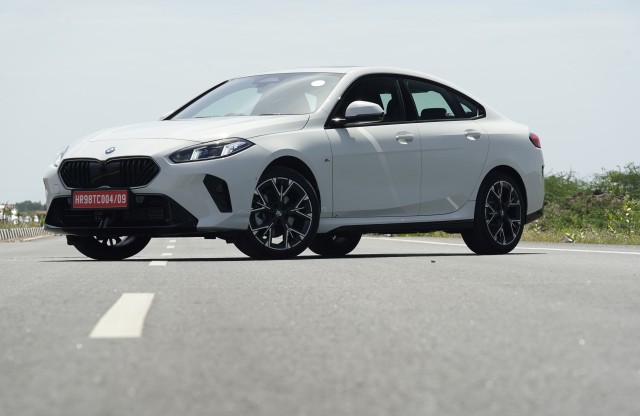
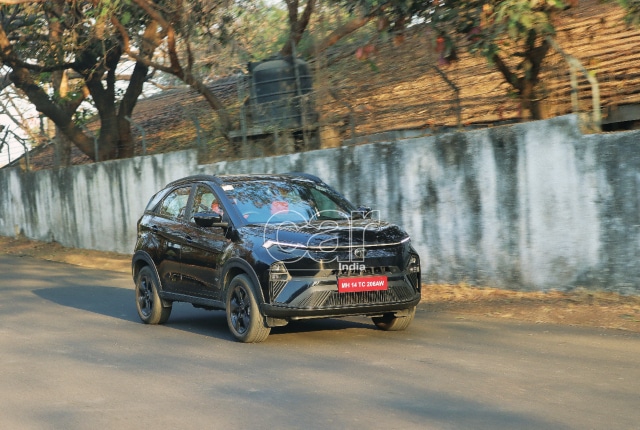

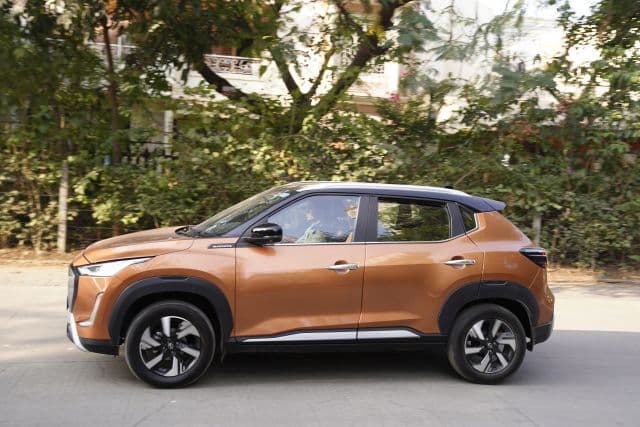
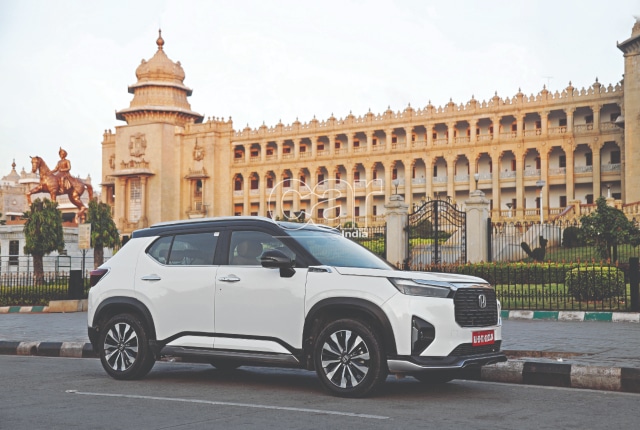
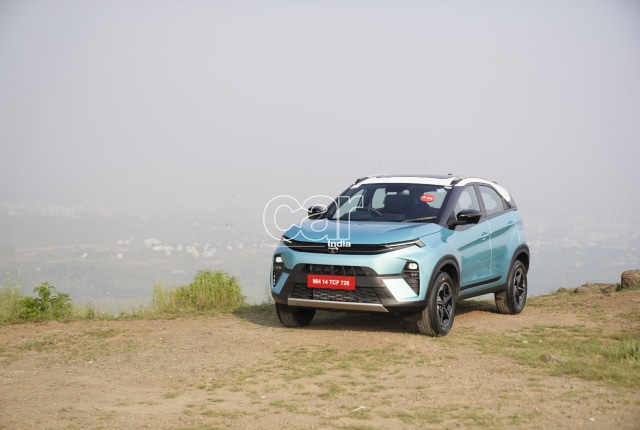
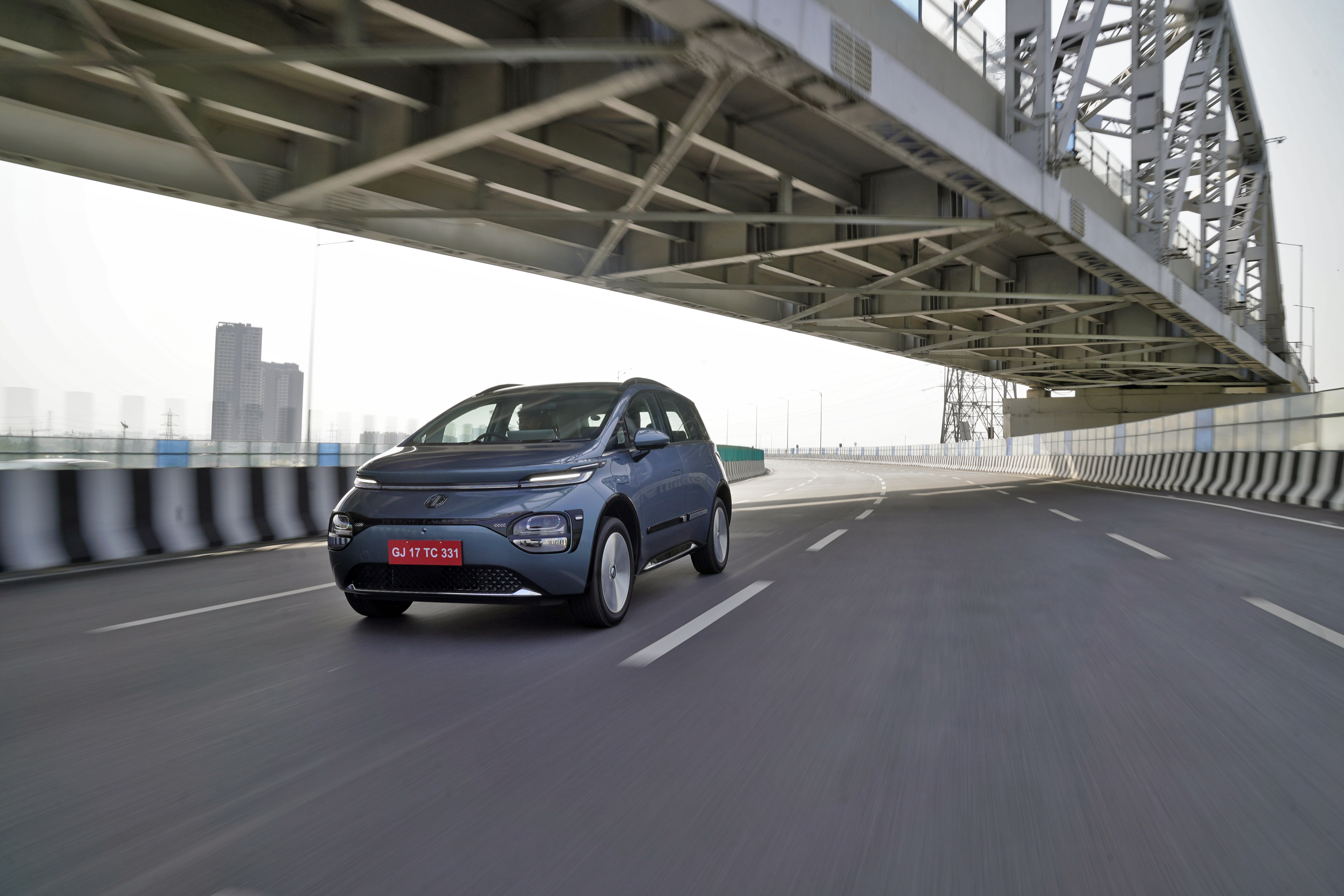
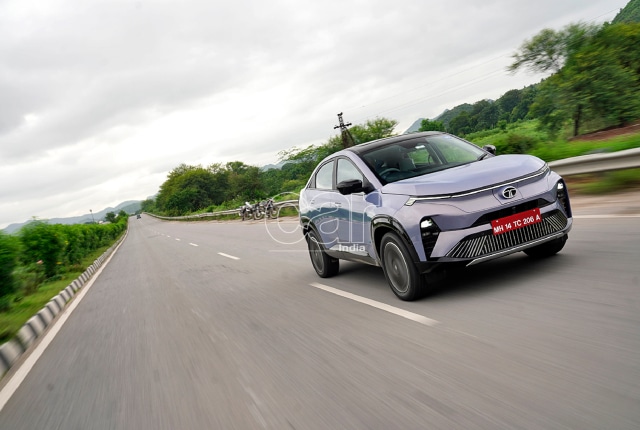
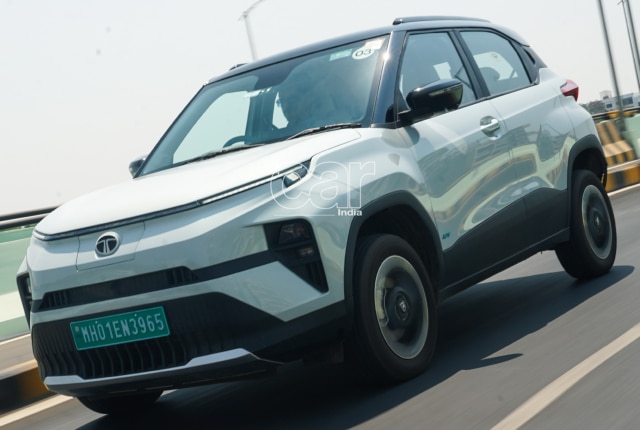




Leave a Reply